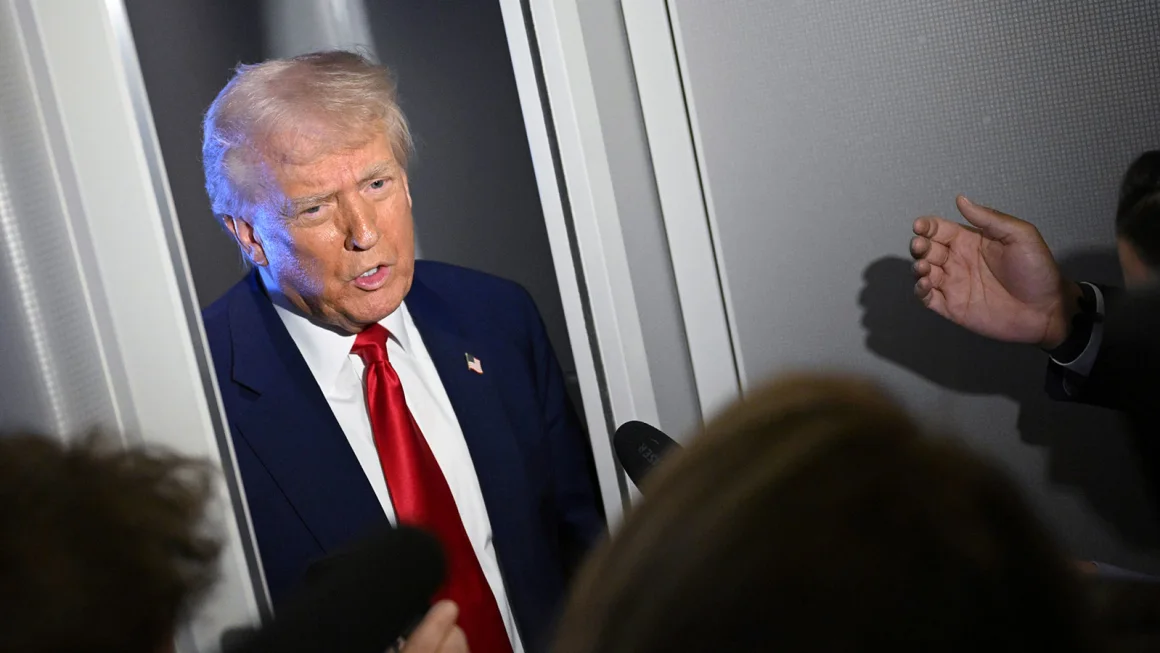
When Donald Trump announced the formation of the Department of Government Efficiency (DOGE), the idea seemed promising. Having an outside perspective examine the federal bureaucracy with the goal of trimming unnecessary spending—even aiming to cut $2 trillion—sounded ambitious but worthwhile. Elon Musk’s involvement added a high-profile edge to the initiative.
However, the agency’s first moves defied expectations. Instead of scrutinizing the largest and most bloated sectors—like the Pentagon or Medicare, where inefficiencies might actually yield substantial savings—DOGE took aim at the U.S. Agency for International Development (USAID), a relatively small agency whose entire budget represents less than 1% of total federal spending. The aggressive crackdown included Musk labeling it a “criminal organization,” mass firings of aid workers, and the abrupt cancellation of humanitarian aid programs, potentially endangering millions who rely on that support for health and nutrition.
Why target such a minor agency with such force? The answer may lie in optics, not economics. Large programs like Social Security and Medicare are politically untouchable due to their broad public support. Attacking foreign aid—something that polls as less popular—allows DOGE to showcase action without confronting the politically risky heart of the federal budget.
DOGE’s efforts to discredit Social Security were similarly superficial. Officials claimed they’d found millions of deceased individuals still listed in the system, implying widespread fraud. But what they actually found were outdated personnel records—names of deceased people still stored in databases, not collecting checks. Rather than pursue genuine reforms like means-testing or adjusting eligibility, DOGE promoted the illusion of major savings by focusing on clerical oversights.
There’s no denying that government savings are possible. Al Gore’s “Reinventing Government” initiative in the 1990s saved an estimated $140 billion—not by attacking from the outside, but by working closely with agencies, Congress, and civil servants to streamline operations. It was methodical, cooperative, and targeted. DOGE, by contrast, has relied on sweeping layoffs and top-down decrees, including deep cuts to the IRS that may end up reducing tax collection and increasing the deficit.
It’s also misleading to claim the federal workforce is bloated. Relative to other developed countries, the U.S. bureaucracy is modest and has remained roughly the same size for decades. Meanwhile, the real drivers of federal spending—Social Security, Medicare, Medicaid, defense, and interest on the national debt—comprise about 85% of the budget. Much of this spending is direct disbursement, requiring minimal administrative overhead.
If DOGE truly wanted to address deficits in a business-minded way, it would focus on both spending and revenue. The U.S. national debt has ballooned in part because of repeated tax cuts, particularly those enacted under George W. Bush and Donald Trump. According to one analysis, these cuts alone account for $10 trillion of the national debt and over half the increase in the debt-to-GDP ratio since 2001. Yet, the U.S. still collects less in taxes as a share of GDP than most wealthy nations.
One of the most effective things DOGE could do to meet its own budget-cutting goals would be to let the Trump-era tax cuts expire as scheduled. That move alone could save roughly $4.5 trillion over the next decade—dwarfing any spending cut the agency has proposed. It would return tax rates to Obama-era levels, during which the economy flourished, markets soared, and growth outpaced much of Europe.
But such a move seems unlikely. Instead, we can expect more headline-grabbing but ultimately insignificant findings—like redundant software licenses at the EPA—producing minor savings in the grand scheme, while the core structural issues driving deficits remain untouched.
In the end, the campaign for “efficiency” may be more about politics than results.









